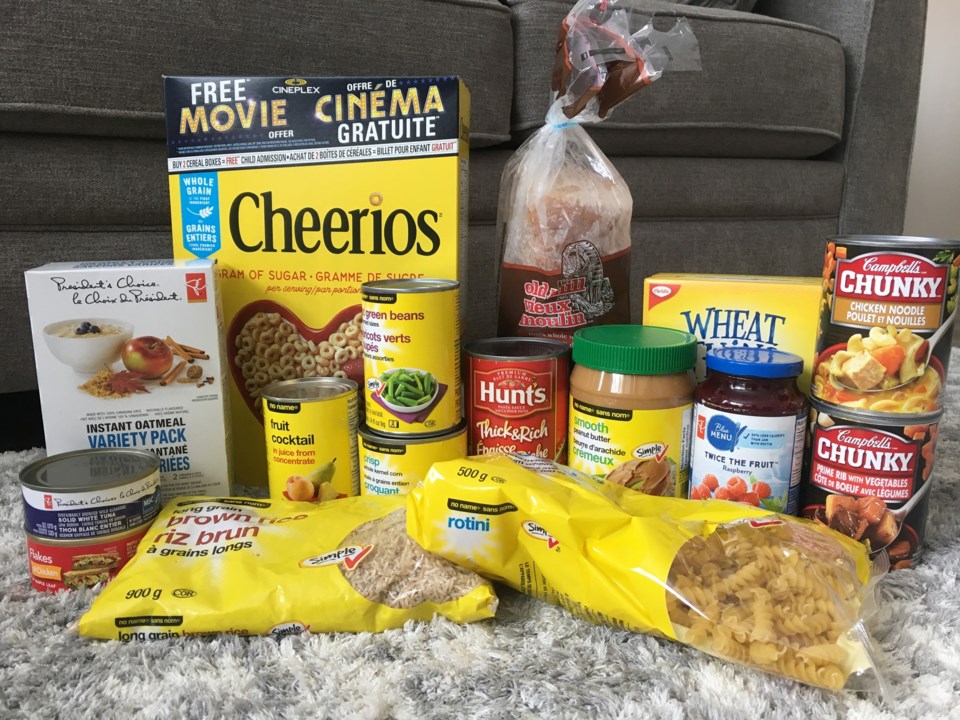With prices increasing for almost everything and families facing a new “hunger pandemic,” the Moose Jaw and Food Bank plans to launch a summer campaign to ensure it can meet the community’s needs.
In 2021 the basic cost of living per average low-income household in Saskatchewan was $37,164. This figure only includes rent, utilities, groceries, vehicle insurance and fuel and does not include internet, phone, clothing, vehicle maintenance, medical, home insurance or emergency costs, the food bank said.
The average low-income family makes under $33,800 a year, putting them in an annual deficit of $3,364.
This year will be even harder for people, whether it’s the single mother working at the grocery store, seniors working the drive-thru at fast-food restaurants because their pensions don’t cut it, or a husband working at the lumber yard since his wife has to stay home to watch the kids, the non-profit organization continued.
According to the 2022 Food Prices Report, the average family of four will face annual food expenses of $14,767 for groceries, an increase of nearly $1,000 from last year. Fuel costs have jumped 50.8 per cent year-over-year, which means a household of four will pay an extra $1,071 more than last year.
The cost of clothing and other retail items has also increased.
The demand on Canadian food banks is increasing as prices continue to soar, while the Moose Jaw and District Food Bank has seen an effect on its food supplies and a 38-per-cent increase in clients year-over-year.
“This year, we’re serving approximately 1,000 people each month, almost half (of whom) are children. In 2021, we were serving approximately 725 people each month,” the organization said. “We believe the increased demand is directly connected to the rising cost of food and gas. People who were barely getting by are now really struggling.”
With schools closing for the summer, the food bank expects the number of clients it serves to increase since youths won’t have access to breakfast or lunch programs at school and some parents will face extra costs for monthly daycare.
The food bank’s supply is running out faster than in past years, particularly because it couldn’t hold its annual Better Together Food Drive last October. The organization believes its pantry will be bare before the next food drive occurs on Oct. 31.
The Moose Jaw and District Food Bank is asking for the community’s help to combat the expected food shortage. In July, it plans to run a capital campaign and hopes to raise $100,000 to sustain the rising demand for its services.
“We need your help to ensure our most vulnerable citizens are fed during these unprecedented times,” the non-profit added.
To donate to the campaign, visit www.mjfoodbank.org, or mail a cheque to 270 Fairford Street West, Moose Jaw, Sask., S6H 1V6.




